Classic McNeel Book
Classic McNeel Book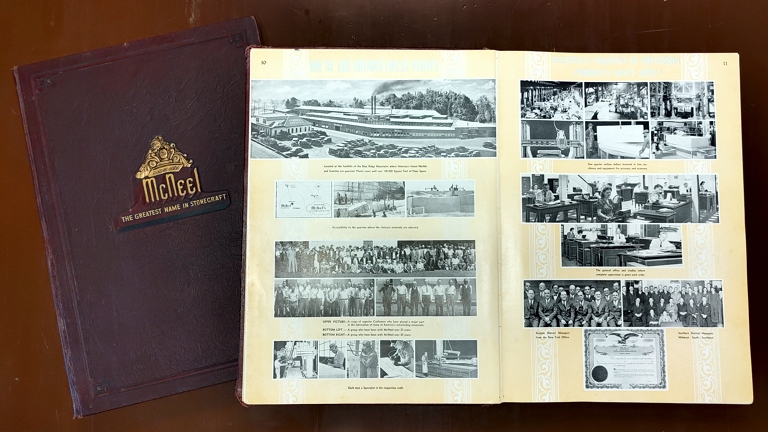
The name is all anyone in the memorial industry needs to hear. The very name itself is synonymous with quality art and craftsmanship. From prominent Washington, D.C., monuments to incredible personal memorials, the McNeel Marble & Granite Company was the authority in early to mid-twentieth century stonework. This rare collection of distinctive work is the result of the study and work of some of America’s most noted designers, architects and craftsmen, and is thought by many to be the most comprehensive collection ever assembled.
McNeel is easy to use. A working knowledge of Windows is all you need. This collection is compatible with Adobe Acrobat Reader™, which gives you the ability to select pages, zoom in or out, print and more. The price for the collection is $499 + shipping and handling. McNeel is available on DVD or on a USB flash drive.
Classic Memorial Design: The McNeel Legacy
Those who have spent time in the monument industry are aware of the McNeel Company and the incredible sales books they created. There are several well known books, and they are remarkable pieces of work even by today's standards. Perhaps the most popular and most sought after book is titled “McNeel: The Greatest Name In Stonecraft.” It is a large, coffee table-like book at 11” x 17” and 336 pages. Before exploring the book's contents it is important to know a few things about the company itself.
About McNeel
The McNeel Company opened in 1829 with 15 to 20 craftsmen and an investment of $1,000, which is about $32,000 in today's dollars. In 1903 McNeel moved to a new location investing more than $500,000, or more than $16 million today.
There were two separate departments: one for marble and one for granite. Each of the plant departments was approximately 575 feet long, and each featured three cranes. The entire plant size was approximately 100,000 square feet and was operated with all electric equipment.
The plant was located near Atlanta in Marietta, Georgia, and worked with marble from quarries in Tate, Georgia, and granite from quarries in Atlanta and Elberton, Georgia. A company photo featured in the book shows more that 100 employees while another photo shows 32 employees who were with the company 25 years or more. A caption reads “the human element plays a vital role in the McNeel organization.”
Quality was at the forefront in the McNeel Company. In fact, the book features a sample certificate of quality which was presented to each purchaser of a McNeel monument - assuring the “choicest selected materials and the workmanship to be of the finest quality.” No contracts were sublet to any other manufacturers.
McNeel did not sell through dealers. Instead, they sold directly through exclusive McNeel representatives and followed monuments through production at their own facility all the way to installation in the cemetery. Representatives had exclusive territories with District Managers for New York, southern, midwestern, and southeastern districts. Agents were not permitted to sell for any other companies.
Attention To Design
Perhaps the introduction to this McNeel book says it best: “A rare collection...over four years of work and study by a vast staff of America's most noted designers, architects and stonecraftsmen...this collection is undoubtedly the most comprehensive ever to be assembled.”
McNeel's attention to quality design, all the way through production, was clearly a high priority. “Planning a memorial plays one of the most important parts. Artists with years of experience not only plan but supervise the work under construction. This service is rendered by few companies. Perfection in planning – perfection in production.”
Content
Perhaps the one word that can best describe the style of McNeel work is “classic.” There is heavy Greek, Roman, gothic and modern influence throughout the book. Some even have an art deco feel – consistent with the times.
The beautiful photo realistic artwork was created with pencil, pen, brushes and airbrushes, and most are placed on photographic backgrounds.
Types of Monuments
The McNeel book features a wide variety of monuments including balusters, baptismal fountains, benches, birdbaths, boulders, civic monuments, column arrangements, coping, cradles, crosses, double monuments, entrances, enclosures, garden monuments, horizontal large and small monuments, ledgers, markers, mausoleums, monoliths, posts, public monuments, sarcophagi, screens, shafts, slabs, statues, sundials, small tablets, vases, vertical large and small monuments, shafts/obelisks and veteran memorials.
Symbolism
McNeel went beyond the presentation of images and told stories with monuments and their symbols, epitaphs, and insignia. There is even a section on well planned lots and advice for selecting and positioning plants for “the beautification of your cemetery lot.”
Monuments feature a wide variety of flowers and other symbols. Most designs list the type of flower used and the symbolic meaning of the flower – with each monument telling a story and making the monuments personal tributes.
The selection of flowers goes far beyond typical roses and includes ivy, acanthus, jonquil, wild rose, poppy, Easter lily, passion flowers, oak, morning glory, daisy, rosette, grape, laurel, Glastonbury thorn, tulip, reeds, oak, honeysuckle, gardenias, palms and more.
In addition to flowers there are other carvings and border treatments that also have symbolism associated with them including lamps and flames, books, laurel wreaths, gothic treatments, egg and dart borders, Greek keys, decorative caps and moldings, quatrefoils, trefoils, Stars of David, inverted torches, crosses including Celtic, fleurette, Maltese, and columns including Ionic, Doric, and Corinthian.
In addition to a symbolism index there is a lettering guide displaying 22 styles of lettering.
Design Mart's McNeel Presentation
McNeel books, especially the 336 page version, remain one of the most sought after monument resources today. McNeel books in good condition are valued at $1500 to $2500. Even worn, poor quality copies are valued at $150 to $500.
Before scanning and formatting the 336 page book, Design Mart requested a search on the McNeel book through the Library of Congress. The search determined that the copyright issued in 1942 had not been renewed at the end of its 28 year term as required by the 1909 law. If the copyright had been renewed in 1970, current laws, passed by Congress in 1976 and enacted in 1978, would have applied to the McNeel book. The book itself may be reproduced; however, Design Mart's compilation is registered, copyrighted and protected from duplication as collective and derivative works.
McNeel is formatted for Adobe Acrobat™, and pages have been resized from 11” x 17” to 8 1/2” x 11” for easy printing. It is available on DVD or flash drive for easy access. For more information contact Design Mart at d-mart@designmart.com or 800-736-7455.
Helpful Cemetery Lot Planning Guides & Outstanding Monuments
 Their sales books were masterpieces, and they remain one of the most sought after monument resources today. McNeel books in good condition are valued at $1500 to $2500. Even worn, poor quality copies are valued at $150 to $500. After working with the Library of Congress,* Design Mart undertook the task of formatting the book for DVD making it affordable and user-friendly.
Their sales books were masterpieces, and they remain one of the most sought after monument resources today. McNeel books in good condition are valued at $1500 to $2500. Even worn, poor quality copies are valued at $150 to $500. After working with the Library of Congress,* Design Mart undertook the task of formatting the book for DVD making it affordable and user-friendly.
War Memorials, Mausoleums & Blueprints, Crosses & More

The McNeel book is by far the most comprehensive and artistically appealing monument resource available to the monument industry. Its 336 pages feature painstakingly created airbrush drawings and photographs of many styles of monuments including benches, boulders, civic monuments, columns, coping, crosses, entrances, festoons, large and small monuments, ledgers, markers, mausoleums (including blue prints), monoliths, public monuments, sarcophagi, screens, shafts, slabs, statues, war memorials, and sun dials. There is also a wealth of information on epitaphs, lettering symbols and insignia as well as a guide to cemetery lot planning.

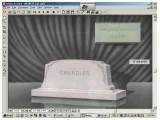
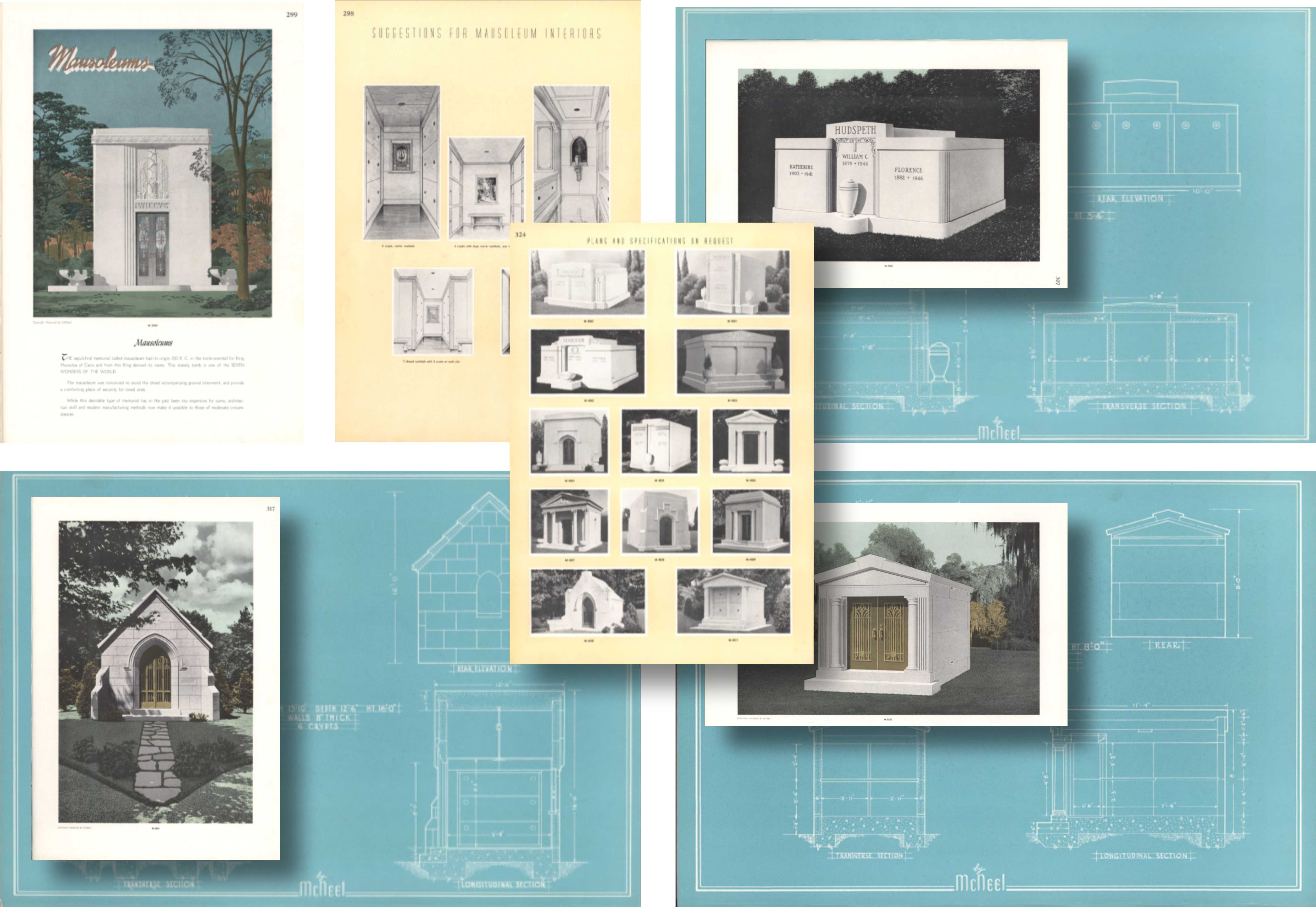
Contact Design Mart for discounts on multiple copies. Click Here To Order
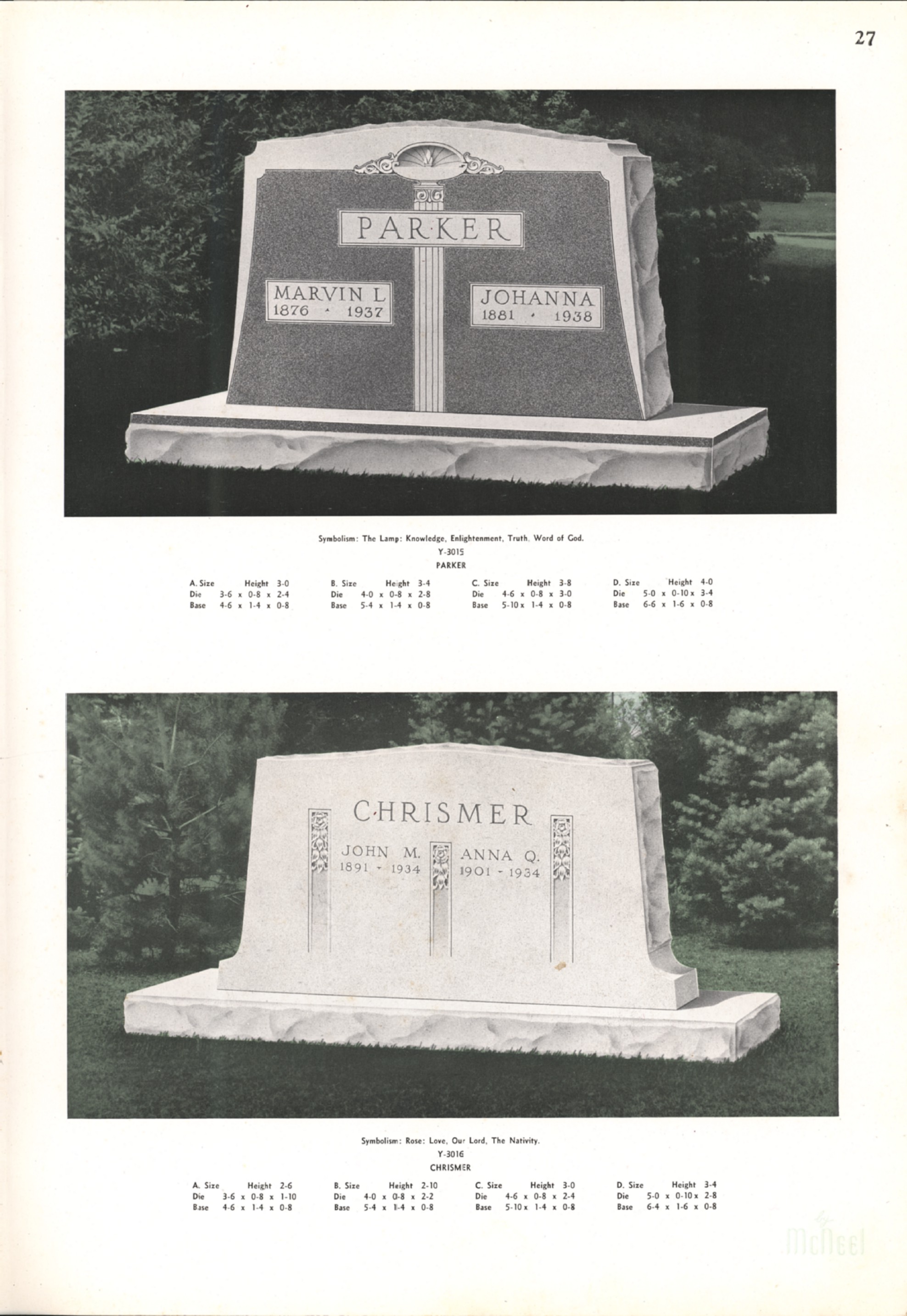
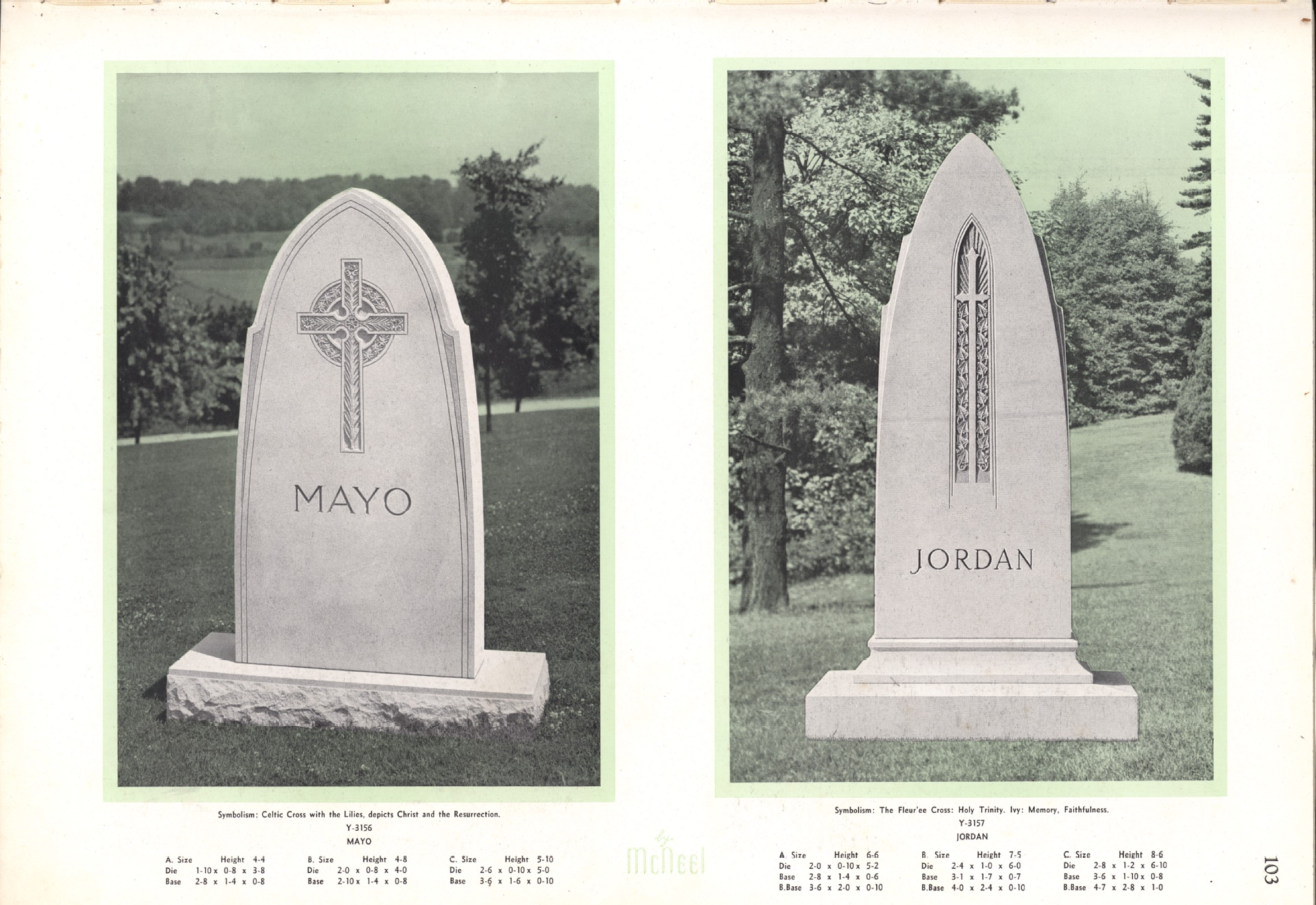


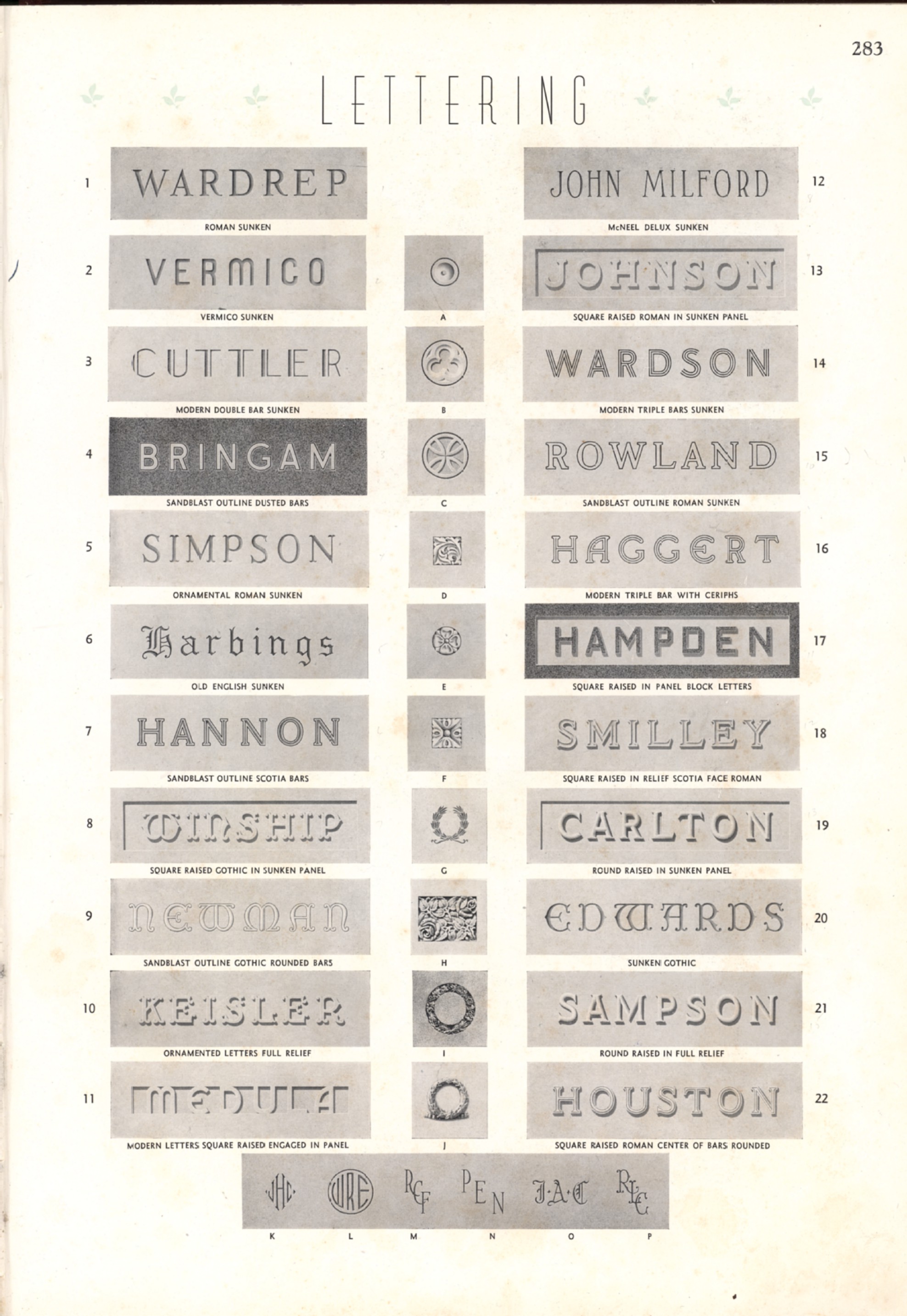
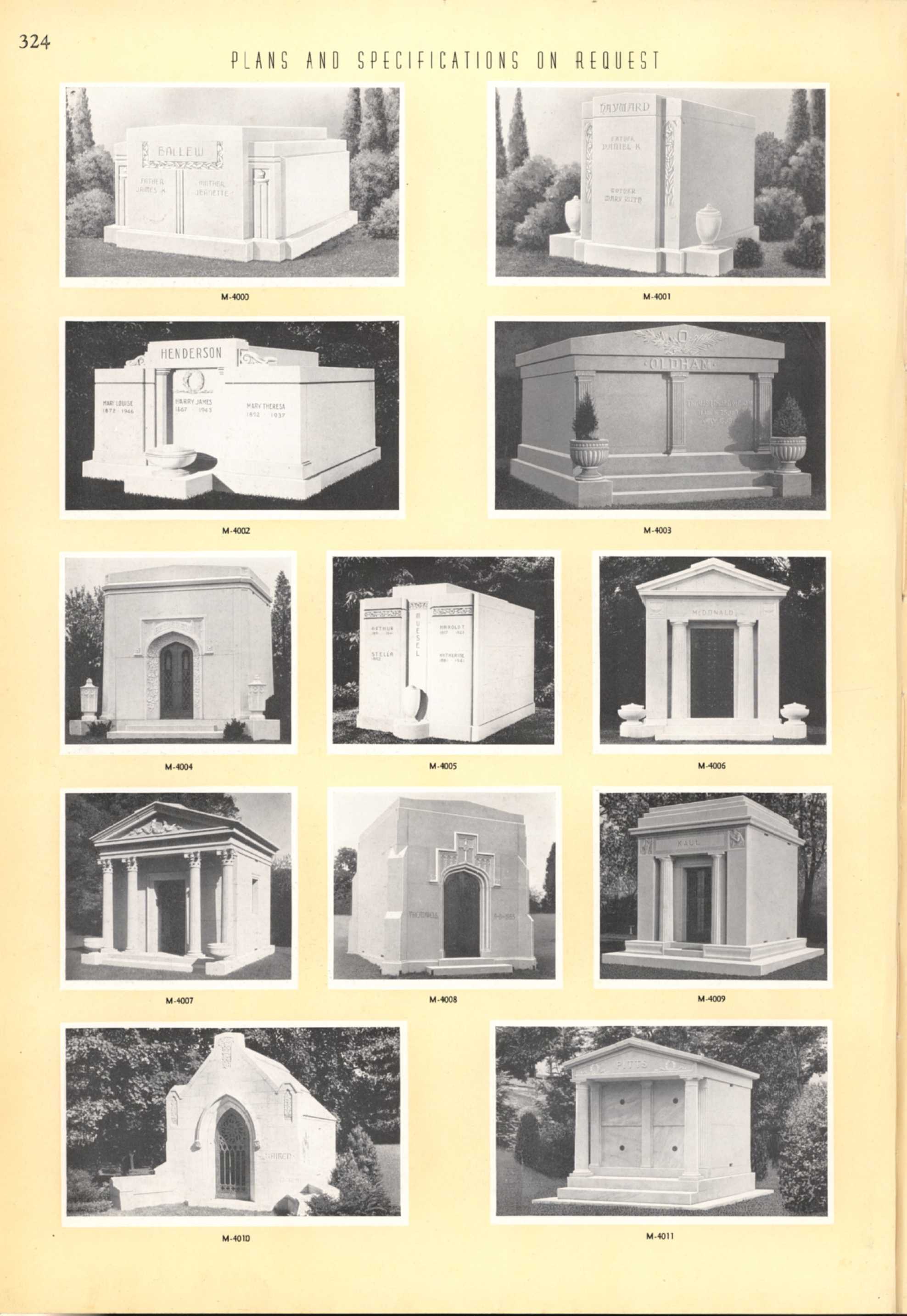
* In 1996 Design Mart requested a search on the McNeel book through the Library of Congress. The search determined that the copyright issued in 1942 had not been renewed at the end of its 28 year term as required by the 1909 law. If the copyright had been renewed in 1970, current laws, passed by Congress in 1976 and enacted in 1978, would have applied to the McNeel book. The book may be reproduced; however, the CDs compiled by Design Mart are registered, copyrighted and protected from duplication as collective and derivative works. Eckes v. Card Prices Update, 736 F.2d 859 (2c Cir. 1984); Dow Jones & Company v. Board of Trade of the City of Chicago, 546 F. Supp. 113 (S.D.N.Y. 1982). U.S.C.A. sec. 101 (1977).